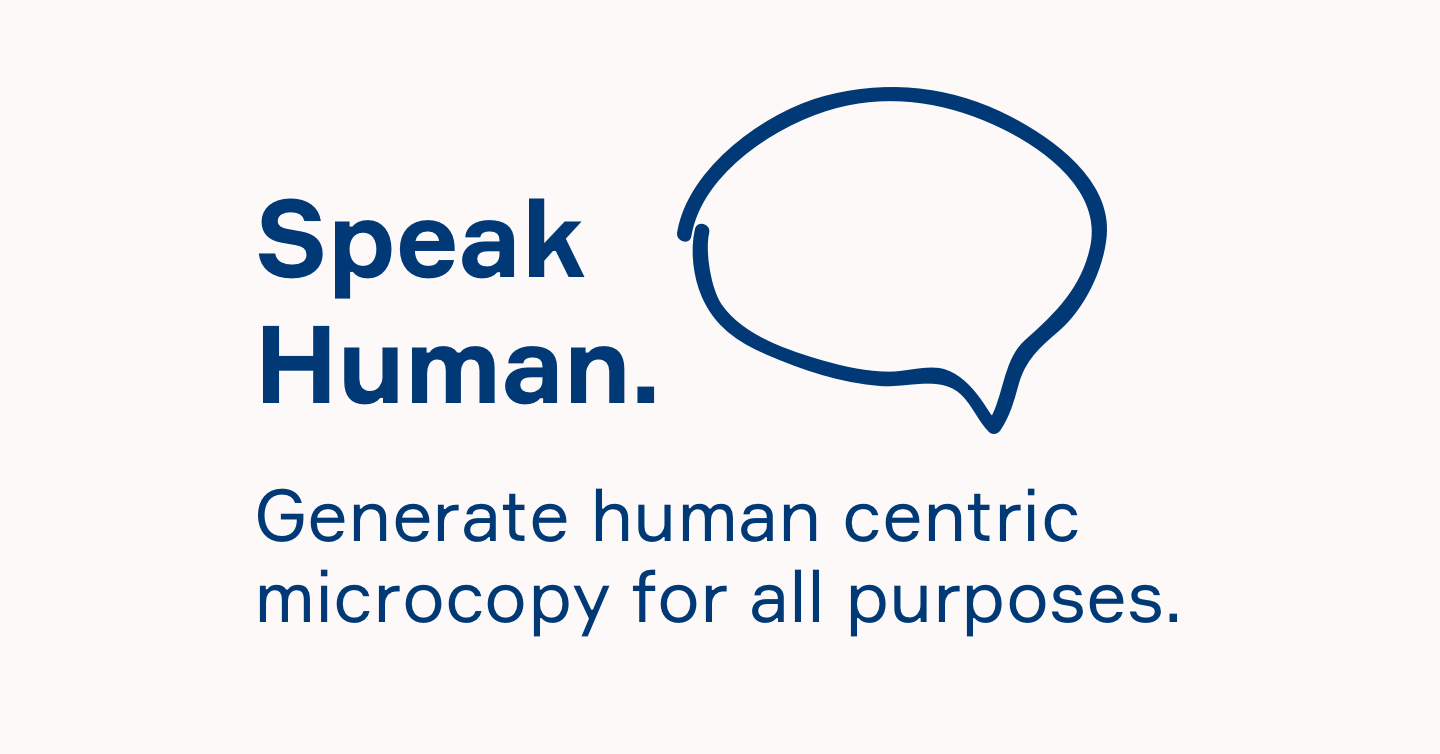There’s a moment that happens in every patient’s journey that the pharma industry seems to have forgotten exists. It’s the moment when someone sits across from their doctor, a prescription pad between them. It realizes that choosing a treatment isn’t a rational calculation—it’s an act of faith wrapped in fear, hope, and dozens of conflicting emotions that no clinical trial data can capture.
The industry knows the efficacy rates. It knows the adverse event profiles. It is aware of market share projections and payer coverage landscapes. What it often doesn’t know—or doesn’t prioritize—is what it feels like to be the person making that choice.
The Empathy Deficit
Walk into most pharmaceutical companies and you’ll find brilliant scientists, sharp marketers, and analytical minds that can model complex market dynamics with impressive precision. What you’ll see less often are people who’ve sat in that exam room themselves, or who can genuinely imagine what it’s like to weigh a 12% improvement in progression-free survival against the possibility of permanent neuropathy.
This isn’t about a lack of caring. Most people in pharma genuinely want to help patients. However, a distance creeps in when your daily work involves ROI calculations, formulary strategies, and competitive positioning. The patient becomes an abstraction—a data point in a market segmentation analysis rather than someone’s mother facing an impossible choice.
The Talent Problem
The question isn’t whether pharma can attract people who understand the human reality of treatment decisions. The question is whether it actually wants to—and whether it knows what to do with them if it does.
Currently, the industry tends to hire for pedigree and predictability, favoring top-tier MBAs, PhDs from prestigious programs, and individuals who can build models and speak the language of quarterly earnings. These skills matter. But they’re not sufficient.
The people who deeply understand patient decision-making—patient advocates, social workers, individuals who’ve navigated serious illness themselves, and ethnographers who study health behavior—often don’t fit the traditional pharmaceutical recruiting profile. They might not have the “right” degree. They might ask uncomfortable questions about why a patient support program feels more like a loyalty scheme than actual support. They might slow down the launch timeline because they’re concerned about how the messaging will be received by people who are scared and vulnerable.
What Would Change Look Like?
Imagine a pharma company where:
- Patient experience isn’t a department; it’s a competency where product managers are expected to spend time with patients ,not as a box-checking exercise, but as a fundamental part of understanding what they’re bringing to market.
- Treatment decision complexity is a design constraint. Where the question “How do we make this easier for patients to evaluate and choose?” carries the same weight as “How do we achieve blockbuster status?”
- Narrative matters as much as numbers. Where the people who understand how patients actually process information—the uncertainty, the trust dynamics, the emotional weight—have a seat at the table alongside the biostatisticians.
- Commercial success is measured differently. Not just market share and revenue, but metrics like: How many patients started this therapy and felt confident they understood what they were choosing? How many felt supported through the decision process, not just sold to?
The Uncomfortable Truth
Here’s what makes this hard: truly centering patient decision-making might mean acknowledging that your $150,000-per-year therapy isn’t obviously “worth it” to the person who has to take it. It might mean admitting that the way you’ve segmented physicians into “high value targets” feels dehumanizing when you’re the patient trying to trust that doctor. It may mean questioning whether aggressive DTC advertising actually helps patients make better decisions or merely confuses them.
The spreadsheet model is comfortable. It’s quantifiable. It’s how Wall Street understands your business. Moving beyond it requires a different kind of courage—the courage to let empathy complicate your strategy.
A Glimmer of Hope
There are signs of change. Some companies are hiring chief patient officers with absolute authority. Others are building decision support tools that actually help rather than persuade. Patient advisory boards are becoming less performative and more integrated into the drug development process.
But these efforts remain exceptions, not the rule. And they’re often the first things cut when margins compress and the CFO starts asking hard questions.
The Choice Ahead
The pharmaceutical industry stands at a crossroads in its own treatment decision-making. It can continue down the path of financial optimization, where patient choice is a variable to be influenced rather than a human experience to be honored. Or it can choose the more challenging path: building organizations where people who understand the weight of these decisions aren’t just tolerated but empowered to reshape how drugs are developed, priced, and brought to patients.
The talent is out there. People who’ve lived this, studied this, dedicated their careers to making healthcare more human. The question is whether pharma is ready to hire them, listen to them, and let them challenge the comfortable certainty of the spreadsheet.
Because at the end of the day, every pharmaceutical product ends up in that exam room, in that impossible moment of choice. The industry can either design for that reality or continue to pretend it doesn’t exist.
The patients will continue to choose either way. They deserve better partners in those decisions.










